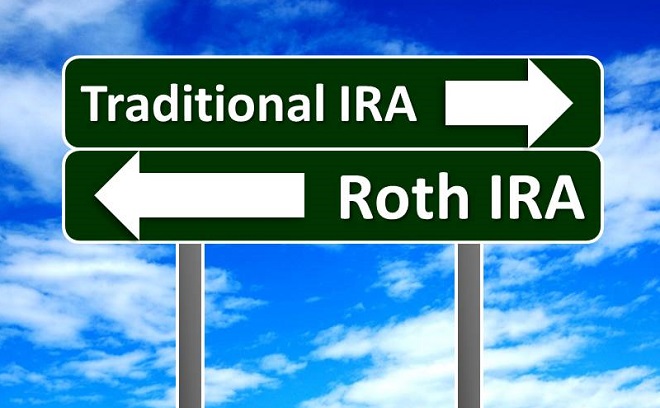Looking to fund your retirement with an IRA? You should know that there are two types: Traditional and Roth. Which is right for you? Following are some important details to help you decide:
Are You Eligible?
Any person with income from wages or self-employment can contribute to an IRA – either traditional or Roth. That includes children, as long as they meet the income conditions. Individuals can contribute up to $5,500 in 2017. A catchup contribution of $1,000 is allowed for anyone over the age of 50, for a total contribution of $6,500. Contributions are also allowed for stay-at-home spouses (up to $5,500 in 2017) as long as the couple’s wages or self-employment earnings total at least $11,000. Note, however, that you cannot contribute to a traditional IRA if you are age 70 ½ or older even if you (or your spouse, if filing jointly) have taxable compensation. You can, however, make contributions to your Roth IRA after you reach age 70 1/2.
Income Limits
A traditional IRA does not have income limits; however, contributions to a Roth IRA might be limited based on your filing status and income. For example, in 2017, if you file a joint return with your spouse, you cannot contribute to a Roth IRA if your income (AGI or adjusted gross income) is more than $196,000. However, you may be able to contribute a reduced amount if your income is greater than $186,000 but less than $196,000. For income below $186,000, you may contribute up to $5,500 ($6,500 if age 50 or older) or your taxable compensation for the year if your compensation was less than this dollar limit.
Tax Treatment
Contributions to a traditional IRA are made pre-tax. As such, they lower your taxable income, which could enable you to take advantage of tax breaks you might not otherwise qualify for with a higher income. Contributions to Roth IRAs are made after-tax (i.e. you’ve already paid the tax) and do not lower your pre-tax income. Unlike a traditional IRA, however, you will owe no tax on income from withdrawals made during your retirement.
Withdrawals before Age 59 1/2
Withdrawals from a traditional IRA that are made before the age of 59 1/2 are subject to an early withdrawal penalty. There are, however, several exemptions that allow you to use the funds but waive the penalty. These include: Using IRA funds to purchase your first home (up to $10,000) and using funds to offset qualified higher education expenses, health insurance premiums while unemployed, and unreimbursed medical expenses in excess of 10 percent AGI. Withdrawals from Roth IRAs may be taken out penalty and tax-free before age 59 1/2 as long as they are contributions (not earnings). Withdrawals that are earnings are subject to the same 10 percent penalty tax as traditional IRAs. There is an exception for qualified first-time home-buyers: A maximum of $10,000 of Roth IRA earnings may be withdrawn penalty-free to pay for qualified first-time home-buyer expenses as long as at least five tax years have passed since your initial contribution.
Withdrawals after Age 59 ½
Once you reach age 59 1/2, you may begin taking distributions. While you are not required to take distributions at this age, you must start taking distributions by April 1 following the year in which you turn age 70 1/2 and by December 31 of later years. With a traditional IRA, any deductible contributions and earnings that are withdrawn (typically referred to as distributions when you retire) are considered taxable income. Income from Roth IRA distributions is generally tax-free and unlike a traditional IRA, there is no age requirement for distributions from a Roth IRA.





